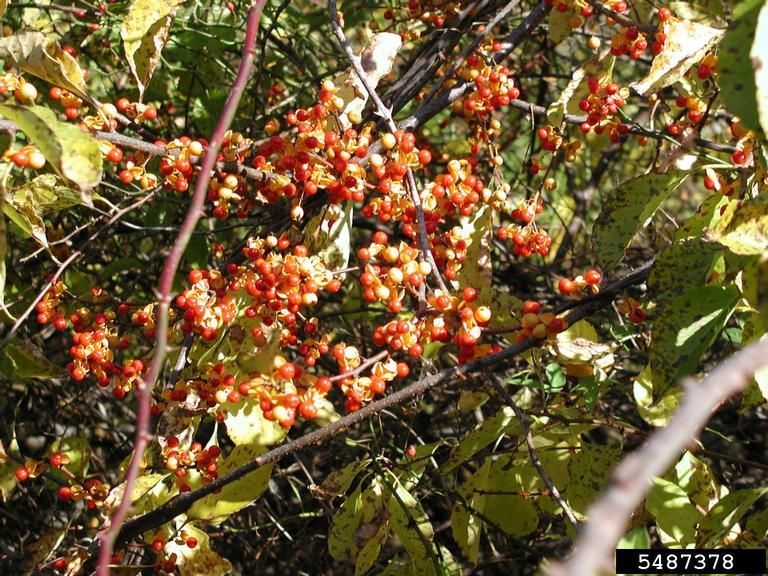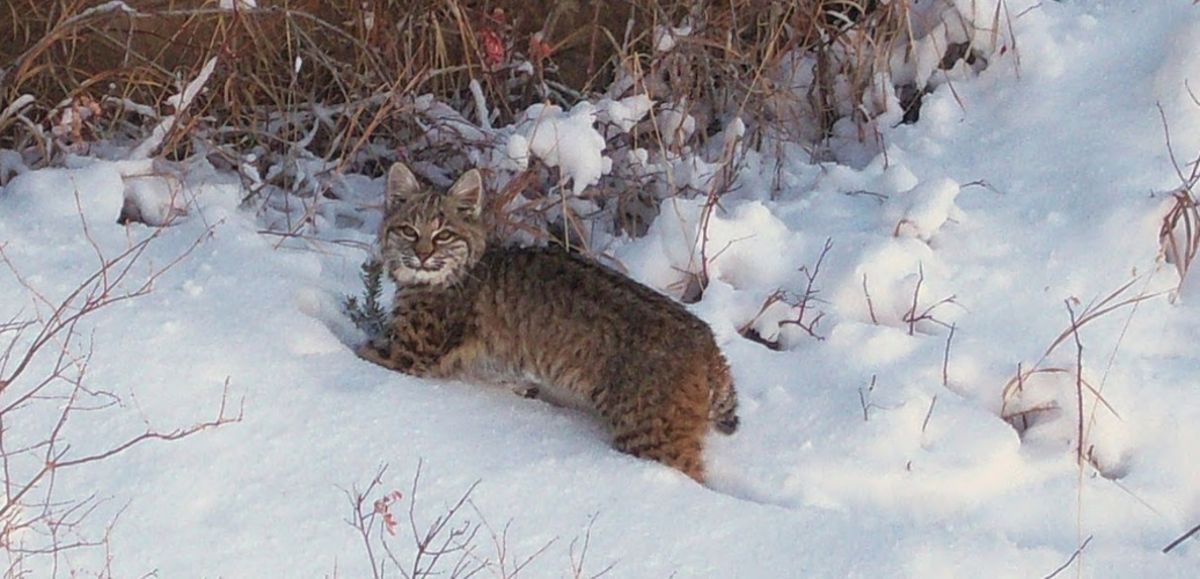USDA Emergency Forest Restoration Assistance for Private Landowners
Were you or someone you know impacted by tornado damage to private forestland in Livingston or Ingham County? The United States Department of Agriculture (USDA) provides programs that provide financial assistance to private landowners to help restore forests. The Emergency Forest Restoration Program (EFRP) was recently implemented by the Farm Service Agency (FSA) in Ingham and Livingston counties due to storm damage from high winds and a tornado that went through these counties in August of 2023.
How does one receive financial assistance? To receive payments, eligible persons must be an owner of nonindustrial private forest (NIPF) land. NIPF is rural forest lands with existing tree cover, or which are suitable for growing trees, that are owned by a private non-industrial forest landowner. Forestland is land that is at least 120 feet wide, 1 acre in size, and at least ten percent covered by live trees of any size. The land must have existing tree cover, or tree cover immediately before the damage took place and is sustainable for growing trees.
After an application is received, FSA conducts on-site damage inspections that evaluate the extent and type of damage of the owner’s land. An environmental review is required before implementation of a project. Forest restoration practices may include debris removal and site preparation, erosion control structures, tree protection from wildlife damage, and wildlife enhancement to provide adequate wildlife habitat. Restoring forests is important because they provide nutrients for soil, habitat for wildlife, and help protect water supplies.
EFRP signup ends on March 22, 2024. For more information on how to apply and program requirements, contact the Ingham County USDA Service Center at 517-676-4644 ext 2 or visit farmers.gov/recover.
The USDA Natural Resources Conservation Service (NRCS) provides numerous voluntary programs to help landowners manage natural resources in a sustainable way. Information about additional programs can be found HERE.
The post USDA Emergency Forest Restoration Assistance for Private Landowners appeared first on Michigan United Conservation Clubs.
Recent Posts



